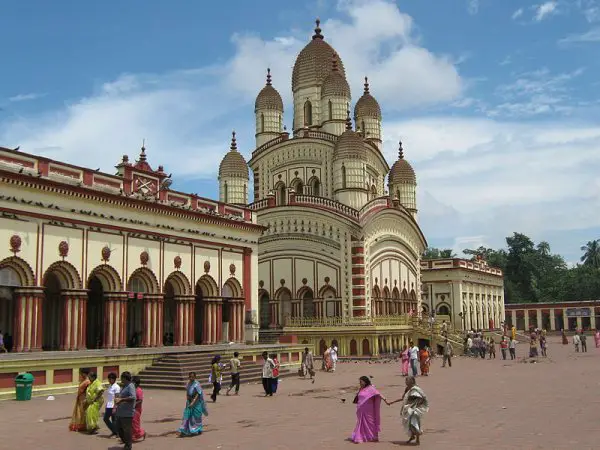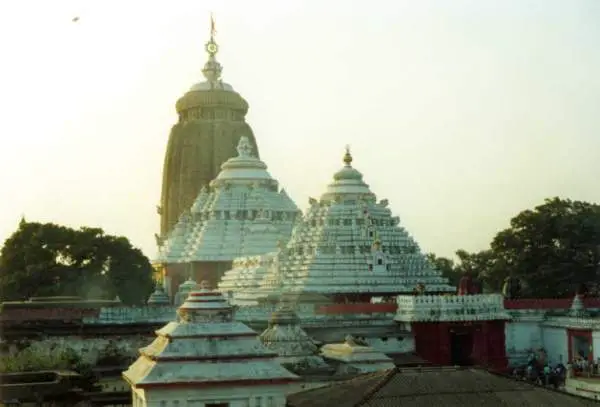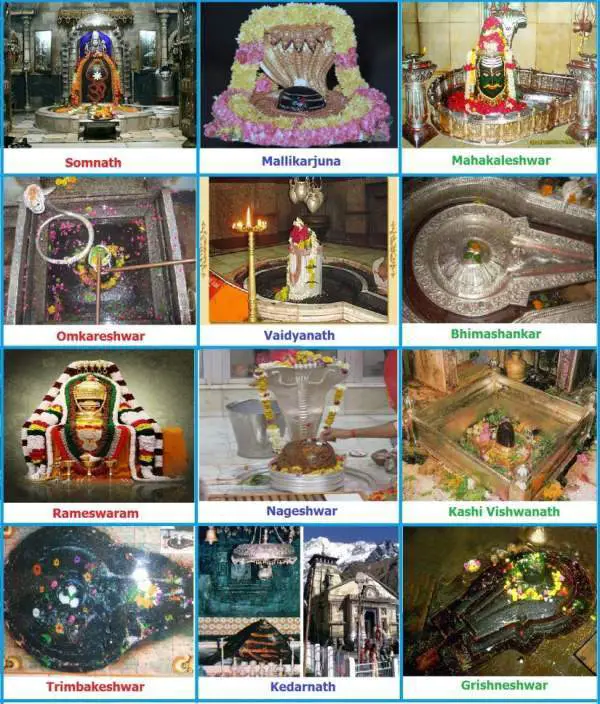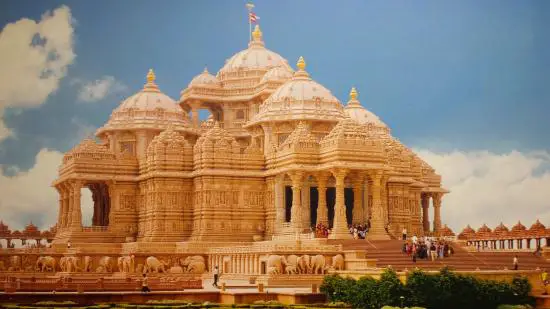The Dakshineswar Kali Temple is one of the most sacred temples near Kolkata, which is located on the banks of the Hoogly River.
The temple is dedicated to “Bhavatarini,” which is an aspect of Goddess Kali. It means the one who liberates her devotees from the ocean of existence, i.e., Samsara.
This post is about Dakshineswar Kali Temple.
The Dakshineswar Kali Temple is an architectural marvel that was built by Rani Rashmoni of Janbazar in 1855. Rani Rashmoni was a philanthropist and a great devotee of Goddess Kali.
This temple is also famous for its association with Ramakrishna Paramahamsa, who was a very famous 19th Century Bengal mystic and Guru of Swami Vivekananda. It is said that Sri Ramakrishna attained his divine enlightenment at this very place.
The Dakshineswar Kali Temple has been built in the conventional Nava-Ratna style of Bengal architecture. It has a towering height of more than 100 feet.
This nine-spire temple boasts of a massive courtyard which is flanked by 12 other small temples that are devoted to Lord Shiva.
There’s also a temple to Radha-Krishna, a shrine dedicated to Rani Rashmoni, and a chamber in the northwestern corner where Ramakrishna and his consort Maa Sarada spent a considerable part of their lives.
The Dakshineswar Kali Temple has been built in the Navaratna or nine spires style of Bengal architecture. It’s a three-storeyed south-facing temple. The temple stands on a high platform with a flight of stairs and measures 46 feet square with a height of over 100 feet.
The garbha griha of the temple houses the idol of Goddess Kali, which is known as Bhavatarini. This idol of Goddess Kali stands on the chest of a supine, Shiva. Both the idols have been placed on a thousand-petaled lotus throne, which is made of silver.
There’s a row of twelve identical Shiva temples that are situated close to the main temple.
To the northeast of the Temple complex, there’s the Vishnu Temple or the Radha Kanta Temple.
A flight of steps leads to the columned verandah and into the temple. Here, there is a silver throne with an idol of Lord Krishna (550 mm) and an idol of Radha (410 mm).
Table of Contents
History of Dakshineswar Kali Temple
Rani Rashmoni built the Dakshineswar Kali Temple in the middle of the 19th century. The temple was the result of a dream that the Rani saw before embarking on a pilgrimage tour of Banaras (now Varanasi).
It was in the year 1847 that Rani Rashmoni planned to take a pilgrimage tour of the sacred Hindu city of Banaras (Kashi, which is now known as Varanasi).
In those days, no railways were connecting the two places. So, twenty-four boats were prepared, which would carry the Rani along with her relatives, servants, and supplies.
However, the night before the pilgrimage tour, Rani Rashmoni had a vision of Goddess Kali in a dream, who reportedly told her,
“There is no need for going to Banaras. You should install my statue in a beautiful temple along the banks of River Ganges. You should arrange for my worship there.”
The Divine Mother told Rani that she would manifest herself in the image and accept the worship of the people at that place.
Rani was intensely moved by the dream and decided to materialize it. So, she instructed her people to search for a suitable plot of land for erecting the Kali Temple.
A hunt for a suitable land was undertaken, and eventually, a 20-acre plot was chosen in the village of Dakshineswar. The construction of the Dakshineswar Kali Temple began on this very site in the year 1847 under the patronage of Rani Rashmoni.
It was completed in 1855.
The estimated cost of the construction of the Dakshineswar Kali Temple was Rs. 9 Lakhs.
The temple spanned 25 acres of land, making it one of the most significant temples in Kolkata. The idols of Gods and Goddesses were installed on the auspicious day of the “Snana Yatra” on 31st May 1855. The temple was dedicated to Sri Sri Jagadishwari Kalimata Thakurani.
Rani Rashmoni lived for five years and nine months after the temple was inaugurated. She fell seriously ill in 1861 and passed on 18th February 1861. She handed a property bought at Dinajpur as a legacy to the temple trust for the maintenance of the temple.
Sri Ramakrishna Paramahamsa was one of the earliest priests of the temple. Ramkumar Chattopadhyay was the head priest.
Temples of Lord Shiva
The Dakshineswar Kali Temple premise is highly admired for its twelve identical Lord Shiva temples. These temples have been erected opposite to the Kuthi Bari. They rest close to the banks of the Ganges River.
The interiors of these Shiva temples have been adorned with white and black stone. Each of these temples has beautiful Shiva Lingas that have been done in black marble. These Shiva temples are east facing. They follow the typical “Aat Chala” Bengal architecture.
The Vishnu Temple
The Vishnu Temple or the Radha Kanta Temple lies to the northeast side of the Dakshineswar temple complex. There’s a flight of stairs that leads to the inside of the temple. Here, you will see a 21 and a half inches idol of Lord Krishna as well as 16 inches idol of Radha. Sri Ramakrishna himself used to perform puja at this temple.
Important Dates
Tuesdays and Saturdays are considered as very auspicious days for Kali worship. The Dakshineswar Kali Temple sees a vast congregation of devotees on both these days. Sandhya Aarti is the main attraction for devotees.
Moreover, the temple becomes a major attraction during the Kali Puja. It is wonderfully decorated with flowers as well as has an amazing lighting arrangement. On the “Amavasya” tithi, an elaborate evening Aarti is performed, and the temple is beautifully decked up.
How to reach the Dakshineswar Kali Temple?
By Train: Dakshineswar is a railway station on the Sealdah-Dankuni sector. Most of the local trains, such as the Dankuni Local from Sealdah station, stop here. Some long-distance trains like Darjeeling Mail also stop at this station.
By Road: It is connected to Kolkata. You need to travel along Barrackpore Trunk Road and turn left for Dakshineswar just after Baranagore and before Dunlop Rail-over bridge. Moreover, regular bus service is available from Kolkata to Dakshineswar.
Cycle Rickshaws, as well as Auto Rickshaws, are available for local transport.
So, that’s it from us in this post on Dakshineswar Kali Temple. We hope that the post is helpful to you. Thanks for visiting. We welcome your comments and suggestions. If you liked the post, please remember to share it across popular social networking sites.





